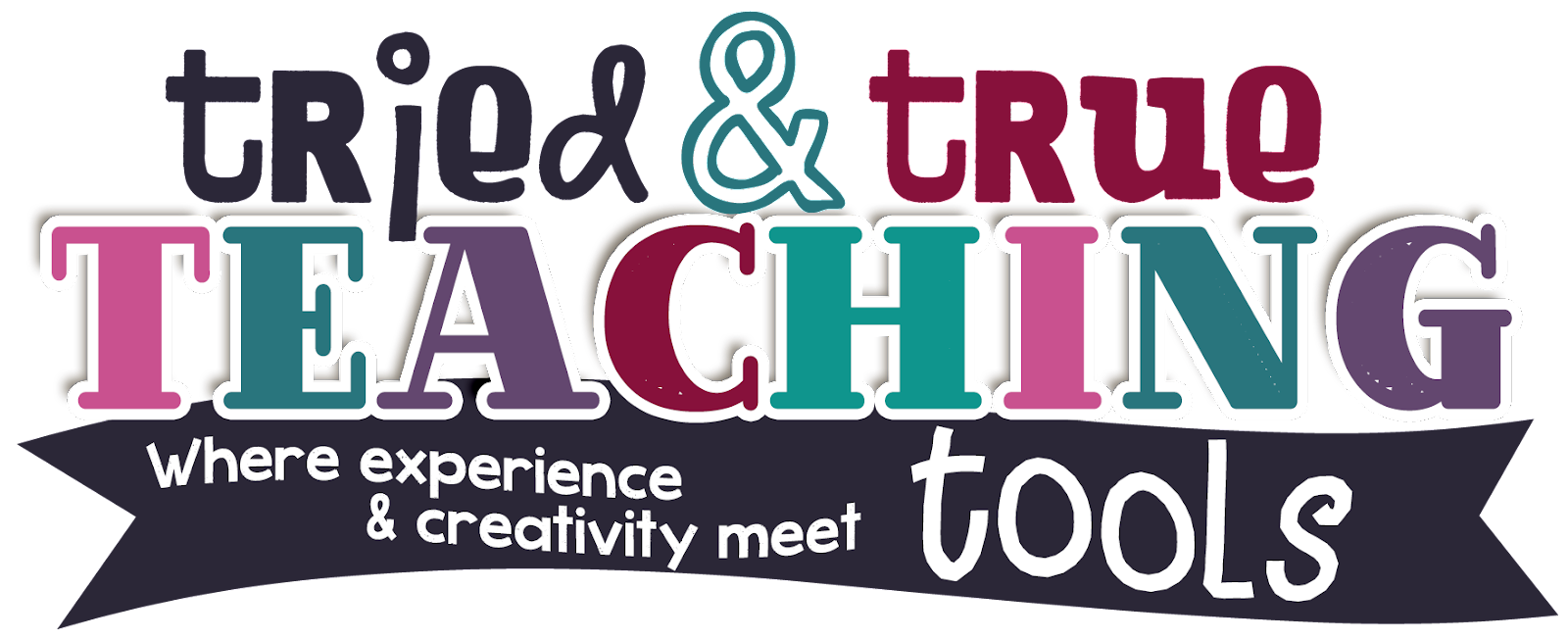Remember those Magic Eye books from the '80's? I always loved looking at the pictures and thought of them as just that: pictures, art. It wasn't until I saw the term: tessellation in our fourth grade math book, that I realized these patterns were actually math!
A tessellation is a type of pattern made up of congruent shapes which interlock without overlapping or leaving any gaps. It is also known as tiling. (Think about the tile floors in your classroom or in your kitchen.) The word tessera in Latin means a small stone cube. They were used to make up tessellata, the mosaic pictures forming floors and tilings in Roman buildings. The term is now used to refer to pictures or tiles, mostly in the form of animals and other objects, which cover the surface of a plane without overlapping or leaving gaps. This is where the art comes in! Teaching tessellations utilizes problem-solving skills such as visualization and spatial reasoning. There are four main types of tessellations used in a 2-D plane: translation, reflection, rotation, and glide reflection. A translation is a shape that is translated or slid across the page to fit and repeat. It does not turn or flip. A rotation is spinning the pattern around a point, rotating it. We have fun learning these tessellations by dancing them! I call out, "Translate 2 steps to the left. . . rotate 90 degrees to the right. . . reflect!" So fun (and funny) to watch students dance these basic moves while learning geometry terminology!
After they understand the types of tessellations, it's time to create some on paper. Below are directions for two types of tessellations: translation (slide) and rotation.
I love how tessellations utilize two of the Standards of Mathematical Practice:
How do you incorporate art with math? I'd love to hear more suggestions!
Click on the buttons below for more ideas to use in your classroom!
- Look for and make use of structure
- Look for and express regularity in repeated reasoning.
How do you incorporate art with math? I'd love to hear more suggestions!
Click on the buttons below for more ideas to use in your classroom!










I absolutely love this idea. Great way to turn on those reluctant math students, and all students.
ReplyDeleteThanks, Deann! The kids absolutely LOVE tessellations, especially my students who have the misconception that they're "not good at math"! Plus these make great displays! :)
DeleteHow clever and fun! I love this idea! (Though it does remind me of A Wrinkle in Time!)
ReplyDeleteSo funny you say that (about Wrinkle in Time) because the "tessa" reminded me of just that!
DeleteI do tessellations, too, and love them like you do! Thanks for sharing your approach.
ReplyDeleteI love all the math & art you do, too! Thanks for stopping by!
DeleteAnother fantastic idea! Thanks for sharing. I love to see your students' work!
ReplyDeleteThanks, Kerry!!
Delete